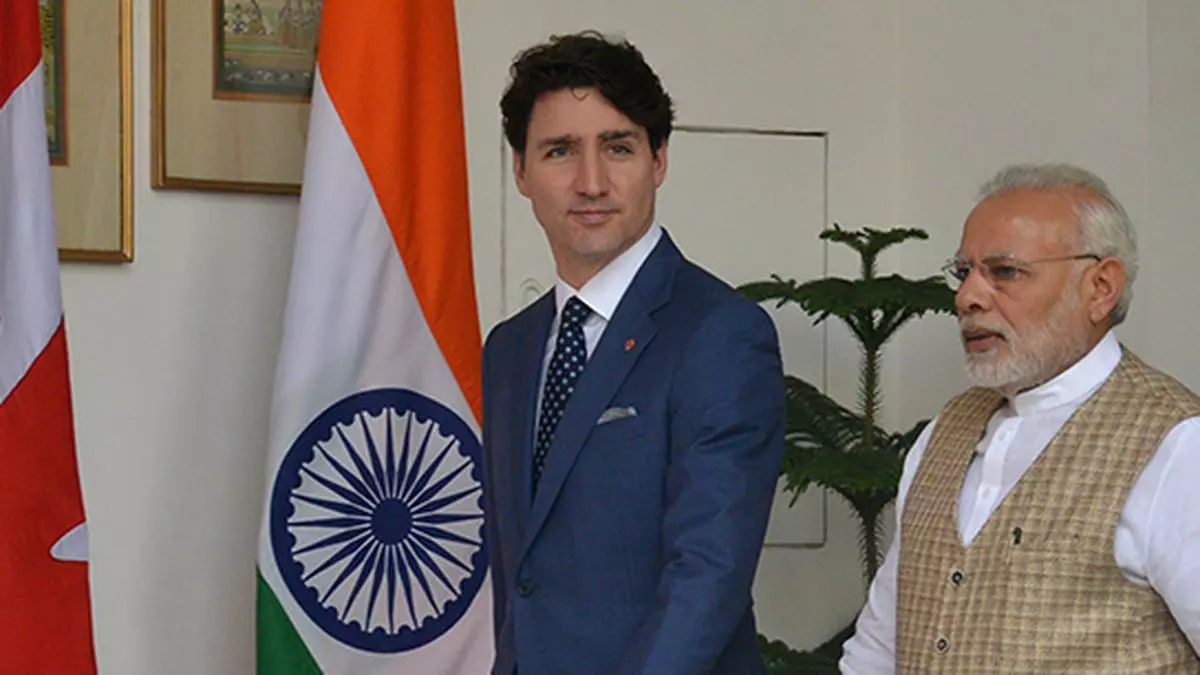This Tuesday, 21 February, the CPTPP extract was published in the Official Gazette, implying its adoption after a series of disagreements in the ruling party. It was rejected by Deputy Minister Ahumada, although Democratic Socialism (which included Chancellor Urrejola and Minister Marcel) was successfully ratified.
At the moment. This February 21st published in Official Gazette excerpt from the Comprehensive and Progressive Agreement for Trans-Pacific Partnership (CPTPP), better known as TPP11.
- The group represents 14.3% of Chile’s exports to the world, and 10.9% of its imports. Both percentages are lower than they were 10 years ago, partly because of China’s growing importance in Chile’s foreign trade.
- China is not a member of the CPTPP, although it has applied for membership. Great Britain, on the other hand, is in the final phase of becoming the 12th nation of the pact.
- There are 11 TPP member countries: Australia, Brunei, Canada, Chile, Japan, Malaysia, Mexico, New Zealand, Peru, Singapore and Vietnam. Chile was the last country to enforce it, despite the fact that it was a major promoter during Michelle Bachelet’s administration. Only Brunei is delayed.
- Of these countries, the majority rejected the proposed additional letter requested by Chile to exclude countries from the dispute settlement mechanism between investors and the State, included in part B of chapter 9 of the agreement. Among the partners who rejected the proposal, 95% of CPTPP’s foreign direct investment in Chile was concentrated.
- “Last night, Monday the 20th, for the first time our country participated as a full member in the virtual meeting of CPTPP senior officials (SOM) coordinated by New Zealand as the host country,” reported the Ministry of Foreign Affairs.
Congress. The TPP11 legislation process in Chile is complicated. In the Chamber of Deputies, it was approved by a narrow margin, with the majority of the opposition voting against it at the time, including the Broad Front and deputies such as Gabriel Boric.
- During the journey through the Senate there was a commitment from the government of Sebastián Piñera to monitor the pact and even the first strategy side letters to convince opponents. Voting in the Senate has been suspended in 2022 until the results of the Constitutional Plebiscite on September 4 are known, because the Chief Undersecretary for International Economic Relations (Subrei), José Miguel Ahumada, slipped.
- After the victory of the Refusal, pressure from Democratic Socialism, espoused by Chancellor Antonia Urrejola and Minister Mario Marcel, made a difference. The majority of that coalition voted in favor (plus the right wing and part of DC), and all of the Dignity in Approval voted against. President Boric tried to delay it, based on a new strategy side letters designed by Deputy Secretary Ahumada.
- Ahumada wants the other CPTPP countries to exclude Chile from the State-investor dispute resolution chapter. The first letters were sent in August. Towards the end of the year the results failed: only three countries were accepted: New Zealand, Malaysia and Mexico. Until a few weeks ago, those papers weren’t even official.
Impact. For Deputy Minister Ahumada, TPP11 -which he now has to manage- represents only “marginal” commercial gain. To do this, it builds on a methodology proposed by a former ECLAC collaborator. Some of its own advisors are from the entity, such as the head of study, Simón Accorsi.
- In an interview with Ex-Ante, Minister of Finance Mario Marcel opined that the big advantage of TPP11 is its strategic nature rather than multiple export channels with reduced tariffs.
- It is this commercial perspective that Subrei highlights in one of the agreement’s summaries: “Given that tariff concessions are already contained in bilateral and plurilateral agreements, CPTPP offers a reduction of 100 tariff posts from Canada, 1,052 from Japan, 663 from Malaysia and 1,115 from Vietnam, for a total of 2,930 lines tariffs that present some sort of preference”.
Data. From the official statistics of the Central Bank, it can be determined which countries have the highest foreign direct investment (FDI) in Chile, according to share accumulated until 2021.
- The largest investor in the world (and therefore in CPTPP) is Canada, as Ex-Ante revealed last year after reviewing the latest data from the Central Bank. In the pact, Canada accounted for 78% of FDI.
- In second place in the agreement is Australia (9% of the total), and then Japan (8%). None of these countries expressed their inclination to accept side letters.
- The next case is Mexico, whose FDI in Chile is increasing share accumulated US$ 1,680 million. The government reports that Mexico accepts side lettersalthough this Tuesday Diario Financiero indicated that this process would be “trap”.

“Entrepreneur. Internet fanatic. Certified zombie scholar. Friendly troublemaker. Bacon expert.”






